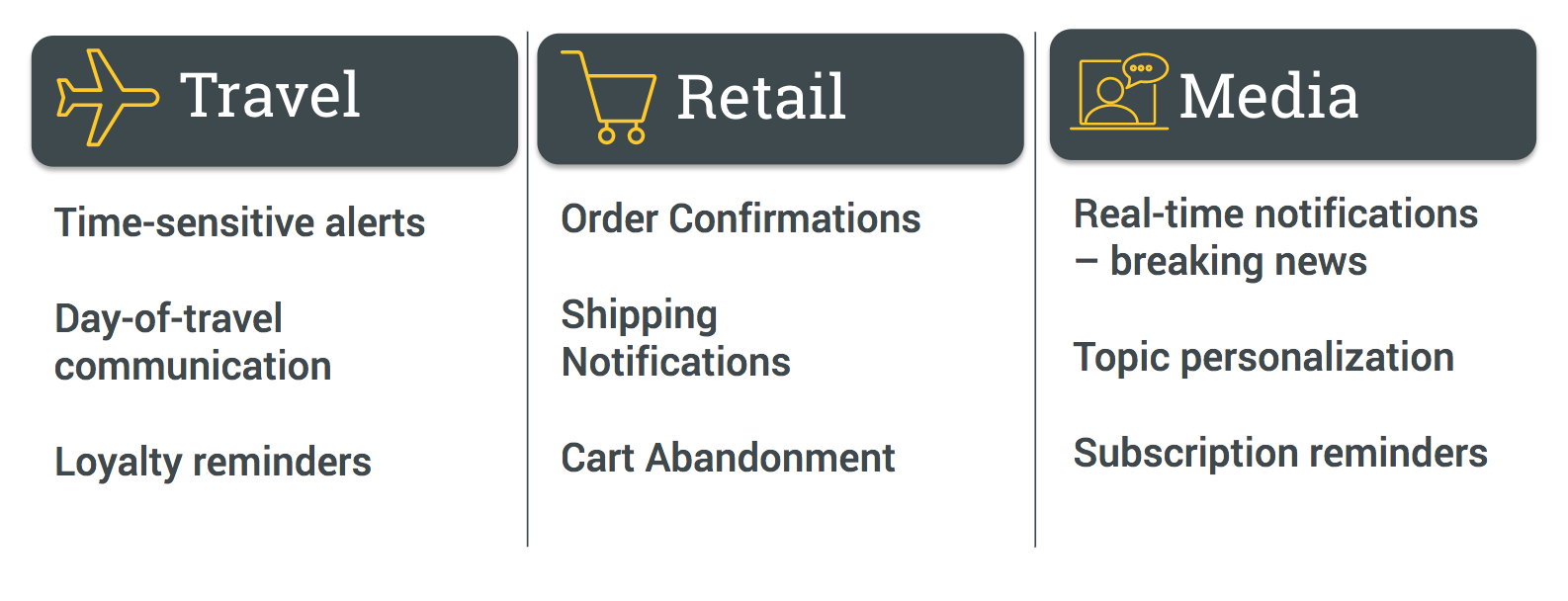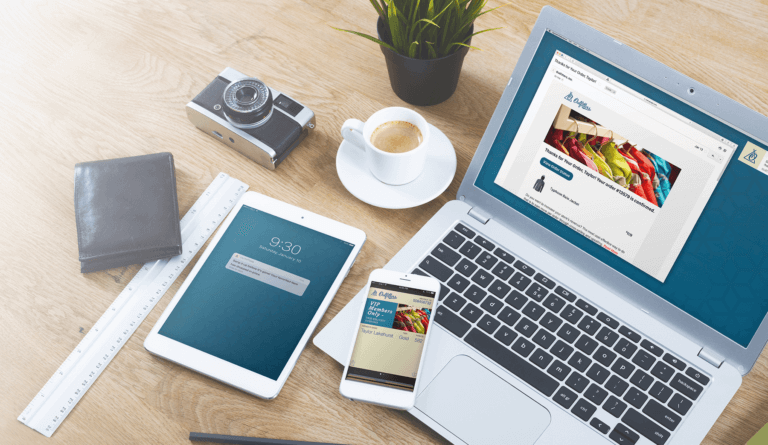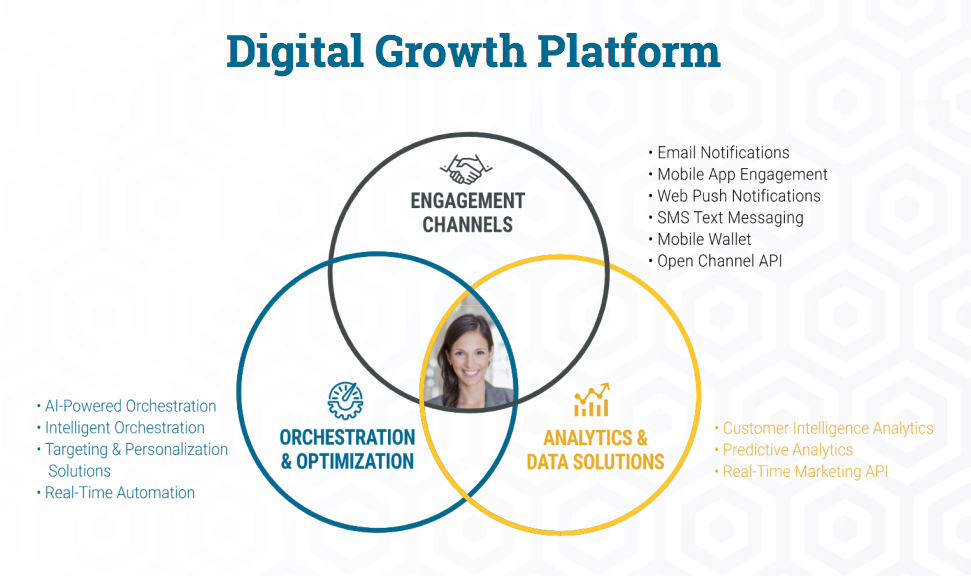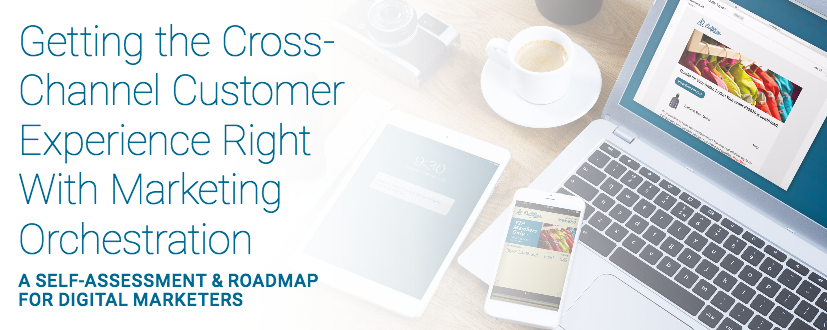
Answers to 6 FAQs About Marketing Orchestration
Recently, Mike Herrick our SVP of Product & Engineering and Alyssa Meritt, our Head of Strategic Consulting, hosted a webinar called From Garageband to Symphony: How to Orchestrate your Marketing Messaging Across Channels. In it, they answered a lot of questions about how why marketing orchestration matters, how to use orchestration to create “super fans” for your brand, and how our unique approach can help you level-up your orchestration capabilities.
Here’s a recap of some the key questions Alyssa and Mike answered — watch the full recording here anytime.
1) What is marketing orchestration and why is it important?
At the most basic level, marketing orchestration is the planning and coordination of elements to produce a desired effect. Specifically for marketing, it's the channel, data, technology and team structure to deliver personalized messages to the right person in the right moment.
It’s a lot like a real life orchestra: best in class performers collaborating and working in unison to for an audience.
In the same way an audience has an expectation about what they’re going to experience when they buy tickets to an orchestra performance, customers now expect more instantaneous, coordinated, and personalized reactions for every action that they take. As a result, marketers are faced with a challenge:understanding consumers’ behaviors well enough to meet that expectation across channels and devices.
2) How does marketing orchestration impact customer journeys?
Marketing-prescribed customer journeys are becoming less and less possible. Marketers need to be able to respond in smarter ways to whatever their contacts are doing, and meet them where they’re at. The ability to leverage user-level data from across their martech stack is essential. That requires excellent APIs and an open framework that allows marketers to get access to actionable customer data, and automate real-time responses. Here’s a visual of how this comes together in our approach.
3) How do you think about message frequency and orchestration?
The answer to this question depends on your value proposition, your customers and how well you understand them. Some apps or websites have valid use cases to send lots of messages. For example, one pharmacy client offered a preference center where people actively chose to receive prescription refill reminders on email, SMS, and also via mobile push notifications, which makes a lot of sense. It wasn't annoying to the user because they actively opted in, and got their preferred multiple channel experience.
What you want to do is make sure that the value you exchange with customers is within their expectations of the service. You want to to provide utility and value every time.
Beyond that, brands need to map out a customer-centric way to convey information on different channels. For example, with email you're able to say a lot more than you would in a very short form SMS. Part of getting this right is about making sure your brand tone and voice comes through in each of these channels.
4) Can transactional messaging be orchestrated? Is that advisable?
Yes. People tend to welcome transactional messages most because it’s tailored to and triggered by their behavior — an order has shipped, a bill is available, etc.
Orchestrating transactional messages — and giving users a chance to tell you their preferred channel for them — is the gold standard. Certainly if I'm traveling and my bank wants to let me know about suspicious activity on my account, I’d want to get messages on all of my channels. Whereas, if a bill is due, maybe I want that in just one channel. So, especially for industries like retail, finance, and insurance, the ability to orchestrate transactional messaging by user preference is a really powerful tool.
5) Can you provide a few use cases for orchestrated messaging in different verticals?
For travel brands, orchestration is about making sure the traveler gets what they need to have a great experience. Time sensitive alerts, day of travel communication, loyalty reminders, etc. all contribute to increased customer satisfaction and perhaps even cut call center costs. So, there's a lot of really tangible business benefits with orchestration.
 Retailers also have a lot of different kinds of messaging to send: sales alerts, order confirmations, cart abandonment messages, etc. Orchestration means retailers will have more engagement and less churn from various channels, because it creates a better way to make messaging strategies more customer-centric.
Retailers also have a lot of different kinds of messaging to send: sales alerts, order confirmations, cart abandonment messages, etc. Orchestration means retailers will have more engagement and less churn from various channels, because it creates a better way to make messaging strategies more customer-centric.
For media, nothing is more important than speed and scale and getting breaking news to the user when they want and need it on the channel or channels that make the most sense. And, of course, media companies often have subscription-based audiences. Getting a customer-centric messaging strategy in place helps engage new users and turn them into subscribers — as well as keep current subscribers engaged and loyal.
Ready to Get Started With Marketing Orchestration?
If you’d like to learn more about what it takes to start orchestrating your messaging across all of the channels in your stack, check out our downloadable self-assessment. You’ll get a feel for where you’re at, and what you might need to do in order to start creating incredible customer experiences. Question? We’re here to help. Contact us anytime for a consultation or request a personalized demo.
Subscribe for updates
If the form doesn't render correctly, kindly disable the ad blocker on your browser and refresh the page.
Related Posts




